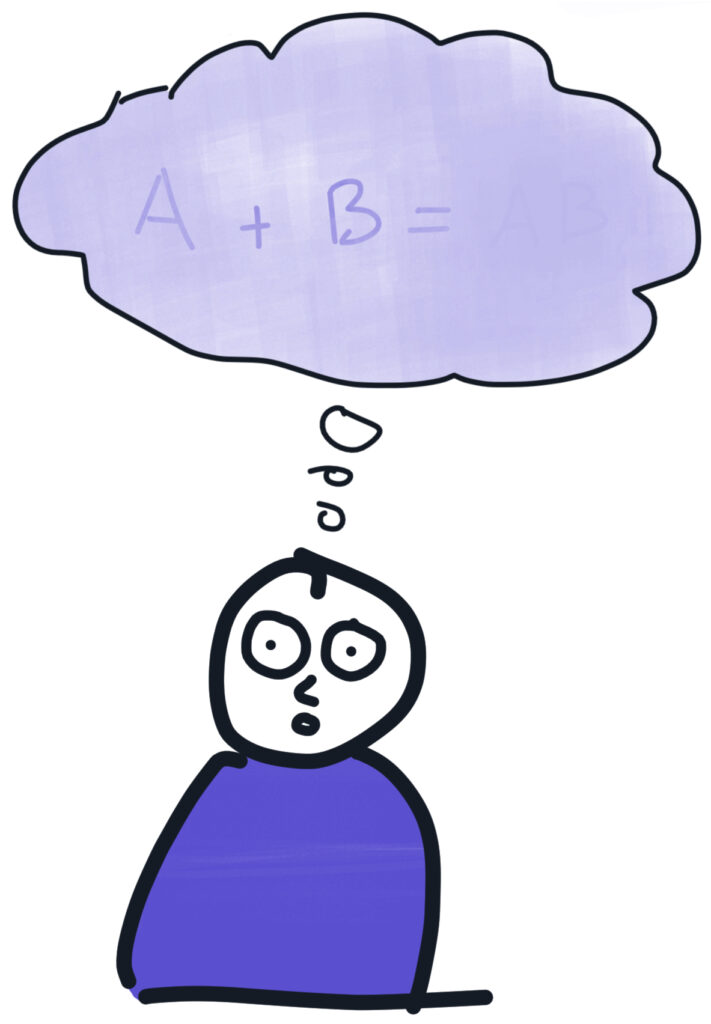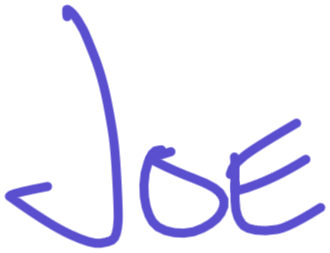Condition 006
When we can’t see ourselves clearly, we need an accurate mirror to reflect back at us who we really are.

I was meeting with a client recently to discuss a new workflow when the start of a familiar solution started to come to mind, but I couldn’t quite name it. It felt like a solution on the “tip of my brain”—I could sense it well enough to allude to it, but couldn’t yet articulate it. I needed to draw it out, but I was certain it was right there.
Yet days passed and I found myself actively avoiding that very task I’d been excited about. When I finally confronted this contradiction, I recognized fear at its source:
I was scared that when I finally tried to express the idea, I’d discover I didn’t have what it takes. So I kept postponing the moment of truth.

Have you ever worried you won’t have enough of what’s needed? Enough time, energy, clarity, resources—or even knowing what “enough” means? This scarcity mindset likes to surface in my home office, where my harshest critic often has no competition.
My reliable escape from this self-induced funk is simple: trusted friends who confront my inner critic. These people become accurate mirrors, reflecting back a clearer image than the distorted one my isolated mind creates. A vulnerable admission—”I’m afraid I won’t have what it takes”—creates space to see myself differently.
For me, this admission and receipt of a more-accurate reflection cleared enough doubt to finally sit down and draw that solution (which turned out to be just as I had felt those many days before).
I need these external truth-tellers because thoughts aren’t facts, especially those we think about ourselves. I wish I could say that knowing this allows me to avoid it every time, but it doesn’t, it only gives me a chance at remembering and seeking those external sources for help.
Thanks for reading,


Confident Moves
Try this in less than 10 minutes:
Find a comfortable seated position and close your eyes.
- Take three deep breaths.
Breathe in through your nose and out through your mouth. - Starting at the top of your head and moving down to your feet, simply notice what you feel in each area of your body.
No need to change anything, just observe. You might not notice anything particular, that is ok. - When you notice something–tension, heaviness, tingling, or any distinct sensation–, mentally name it.
“There is tightness in my shoulders” or simply “Chest pressure.” - After scanning your body, ask yourself: “What am I feeling emotionally right now?”
Name whatever arises; don’t worry about being right. - Finally, ask: “What do I need to express?”
It might be a word, a phrase, or just an acknowledgment. - Express it – either by speaking it aloud, writing it down, or simply acknowledging it clearly in your mind.
This isn’t about solving problems or changing feelings – it’s about creating alignment through simple awareness and expression. With practice, you’ll start noticing these signals earlier and more clearly in your daily life.
